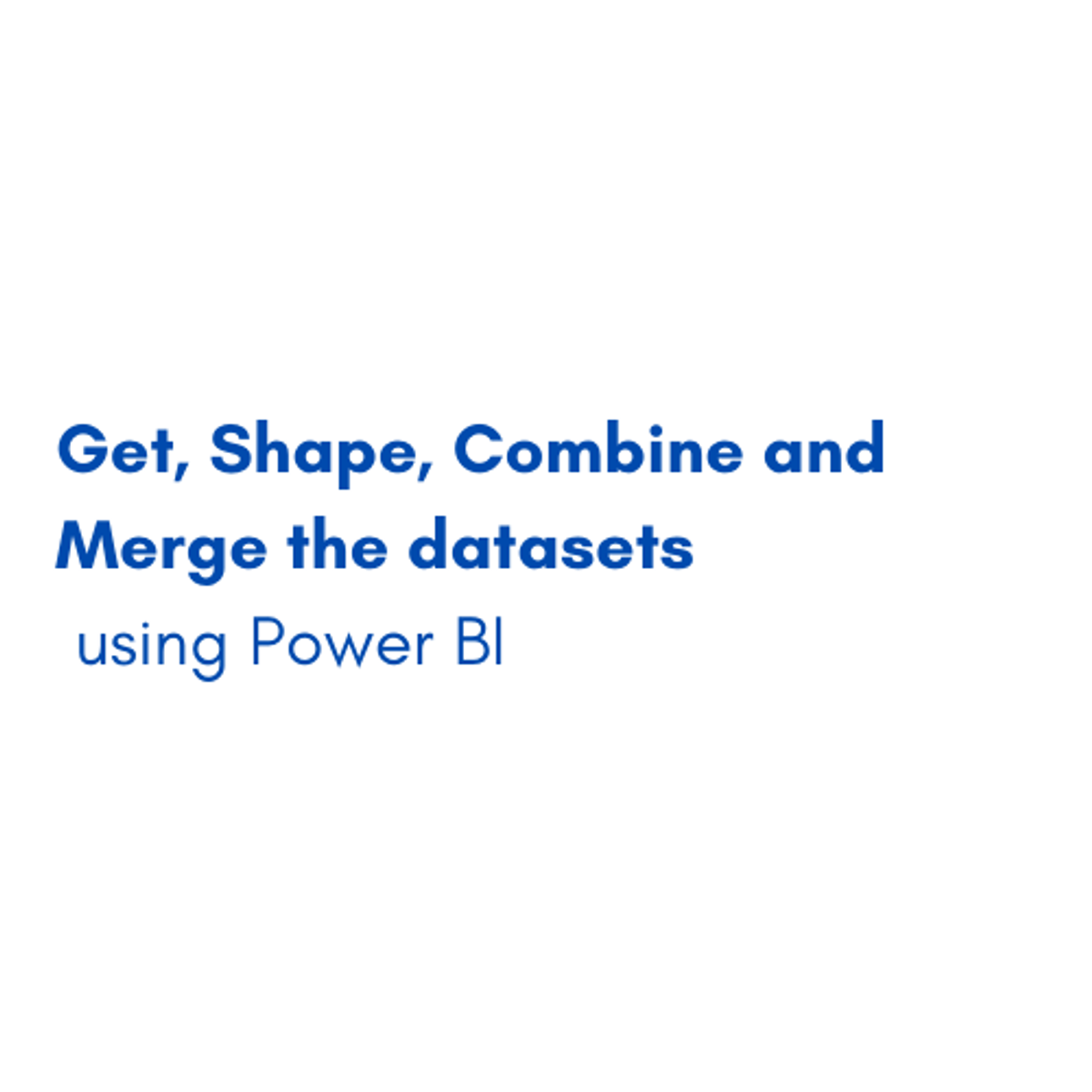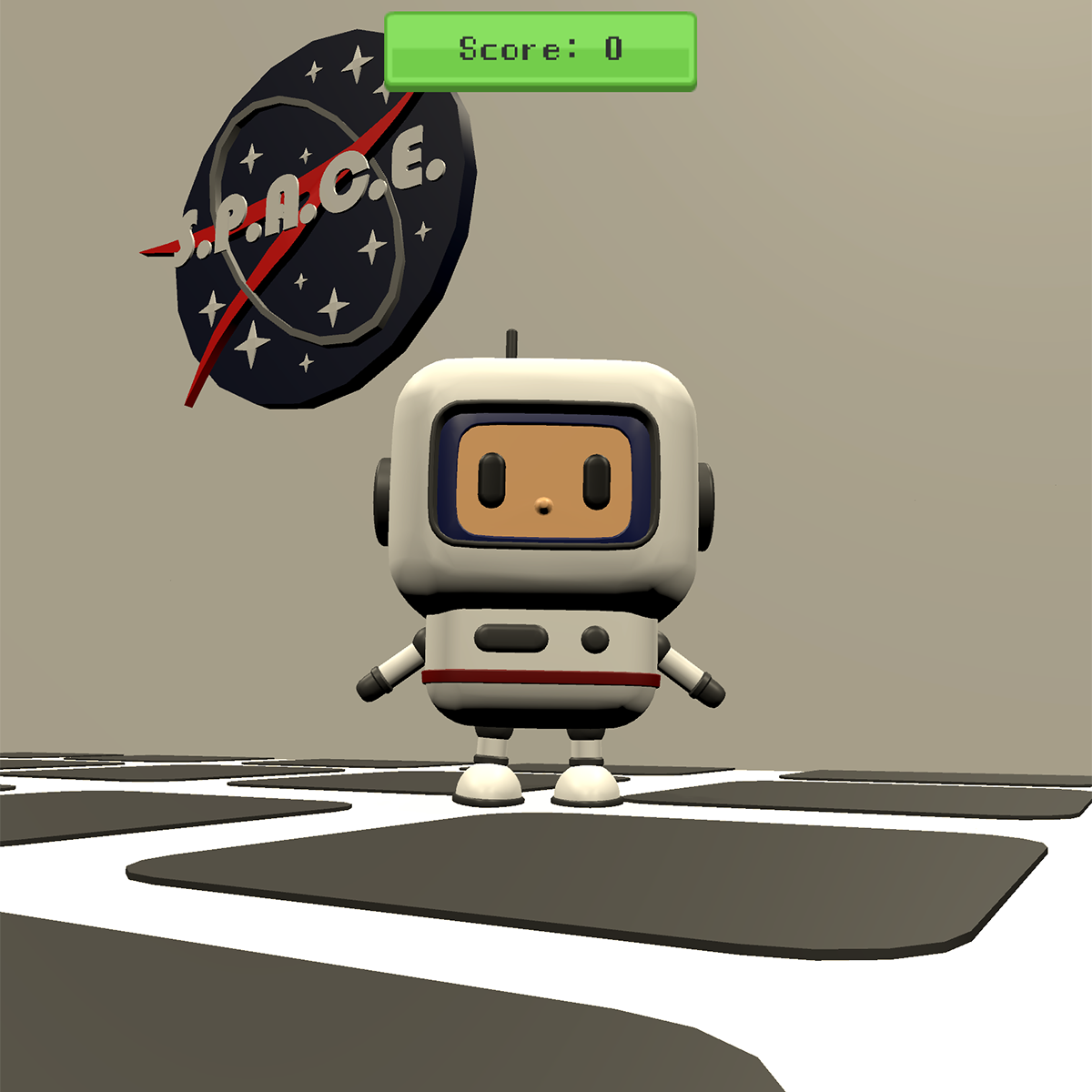Back to Courses









Computer Science Courses - Page 227
Showing results 2261-2270 of 2309

Introduction to Docker
This is a self-paced lab that takes place in the Google Cloud console.
In this lab you will familiarize yourself with the basic Docker container environment commands. You will create, run, and debug containers, and learn to pull and push images to and from Google Container Registry.

IBM COBOL Software Development Practices
This course is aimed at anybody interested in COBOL or or software development. In this course, you will be introduced to core practices, systems, and methodologies associated with IBM COBOL software development. You will learn about COBOL as a self-documenting language. You will review working with existing coding. This course also covers quality assurance (QA), technical support and project management.

Cloud Computing Fundamentals on Alibaba Cloud
Course Description
Looking to dive into the world of Alibaba Cloud with a comprehensive introduction to the range of products and solutions offered by Alibaba Cloud? Fundamental Architecting on Alibaba Cloud is a course designed for users looking to start this journey with a look into Alibaba Cloud's core products. Fundamental Architecting looks into storage, networking, auto-scaling, and security solutions as well as scenarios to best combine these products to create a complete cloud-based architecture.
After completing this course the learner should:
Have general knowledge of Cloud Computing, Network Security, and the IT industry.
Able to develop general solutions and enterprise best practices based on Alibaba Cloud's products.
Knowledge in the use and operation of Alibaba Cloud's ECS, Server Load Balancers, OSS, VPC, Auto Scaling, CDN, Alibaba Cloud Security, and CloudMonitor products.
To earn an official Alibaba Cloud certificate please join the Cloud Computing courses on the Academy's website:
Operate and Manage a Cloud Server: https://edu.alibabacloud.com/certification/clouder_cloudserver
Operate and Manage Object Storage on the Cloud: https://edu.alibabacloud.com/certification/clouder_oss
Handle Large Traffic with Load Balancer: https://edu.alibabacloud.com/certification/clouder_slb

Global Warming II: Create Your Own Models in Python
This class provides a series of Python programming exercises intended to explore the use of numerical modeling in the Earth system and climate sciences. The scientific background for these models is presented in a companion class, Global Warming I: The Science and Modeling of Climate Change. This class assumes that you are new to Python programming (and this is indeed a great way to learn Python!), but that you will be able to pick up an elementary knowledge of Python syntax from another class or from on-line tutorials.

Adding a Phone Gateway to a Virtual Agent
This is a self-paced lab that takes place in the Google Cloud console. In this lab you will continue working on your Pigeon Travel virtual agent and add a phone gateway to allow users to call into your virtual agent.

Deep Learning Methods for Healthcare
This course covers deep learning (DL) methods, healthcare data and applications using DL methods. The courses include activities such as video lectures, self guided programming labs, homework assignments (both written and programming), and a large project.
The first phase of the course will include video lectures on different DL and health applications topics, self-guided labs and multiple homework assignments. In this phase, you will build up your knowledge and experience in developing practical deep learning models on healthcare data. The second phase of the course will be a large project that can lead to a technical report and functioning demo of the deep learning models for addressing some specific healthcare problems. We expect the best projects can potentially lead to scientific publications.

Get, Shape, Combine and Merge the datasets using Power BI
By the end of this project, you will be able to professionally format and manipulate different datasets using Power Bi. you will be able to identify the basics of power BI, use it to create a model, and import data from different types of data sources. Moreover, you will be able to manipulate your data, reduce the number of data, merge columns, replace values, change data types and apply statistical and standard functions. You will also be able to insert a new index column, append two or more queries with each other, and sort and clean your dataset. Finally, you will be able to apply union, except and intersect, combine data of two tables and add results in a new table.
Many companies use Power BI to connect, Transform and model the data and also create charts, graphs, reports, and dashboards, which are collections of visuals, and finally, share reports with others using the Power BI service.
This guided project is for people in the field of data and data analysis. people who want to learn Power BI. It provides you with the important steps to be a business intelligence specialist.
Note: This course works best for learners who are based in the North America region. We’re currently working on providing the same experience in other regions.

Classification Trees in Python, From Start To Finish
In this 1-hour long project-based course, you will learn how to build Classification Trees in Python, using a real world dataset that has missing data and categorical data that must be transformed with One-Hot Encoding. We then use Cost Complexity Pruning and Cross Validation to build a tree that is not overfit to the Training Dataset.
This course runs on Coursera's hands-on project platform called Rhyme. On Rhyme, you do projects in a hands-on manner in your browser. You will get instant access to pre-configured cloud desktops containing all of the software and data you need for the project. Everything is already set up directly in your Internet browser so you can just focus on learning. For this project, you’ll get instant access to a cloud desktop with (e.g. Python, Jupyter, and Tensorflow) pre-installed.
Prerequisites:
In order to be successful in this project, you should be familiar with Python and the theory behind Decision Trees, Cost Complexity Pruning, Cross Validation and Confusion Matrices.
Notes:
- This course works best for learners who are based in the North America region. We’re currently working on providing the same experience in other regions.

Compare Inline, Internal, and External CSS
In this intermediate-level course you will explore and compare three methods of applying CSS (Cascading Stylesheets) styles to HTML to visually enhance a website. While HTML provides web page content, it is CSS that can turn simple text and images into a stunning website. As you compare and practice with inline styles, internal stylesheets, and external stylesheets you will gain a better understanding of how and when to use each method, and why the word “cascading” is used to describe them.
Note: This course works best for learners who are based in the North America region. We’re currently working on providing the same experience in other regions.

Game Design and Development 4: 3D Platformer
If you love games and want to learn how to make them, then this course is your fourth step down that path. In this course you will learn the fundamentals of game design, including an understanding of game idea generation, design documentation, the business side of games, and social issues in games. You will continue developing video games using industry standard game development tools, including the Unity 2020 game engine. At the end of the course you will have completed a 3D Platformer game, and will be able to leverage an array of game development techniques to create your own basic games.
